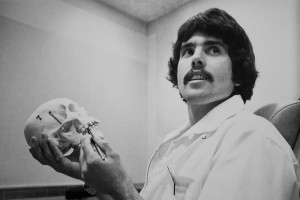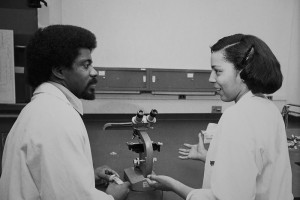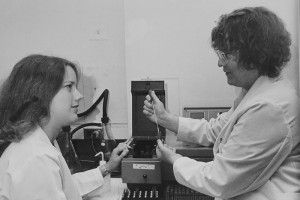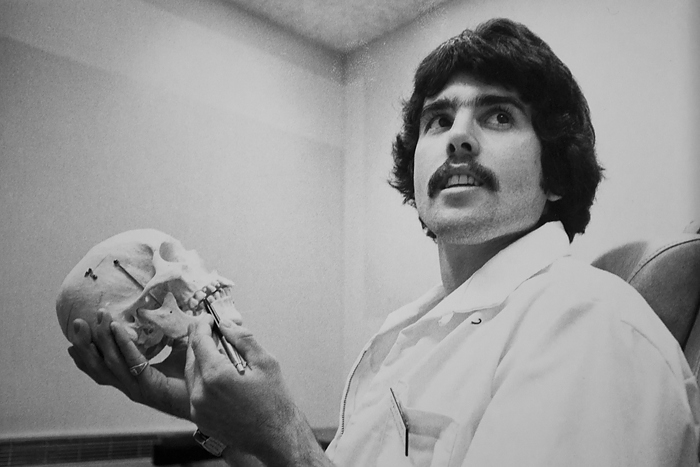
This story is the 12th and final chapter of a multi-part series on the history of the Health Center. The entire series can be read at the Health Center’s 50th Anniversary website.
A look at the UConn Health Center’s history and accomplishments reveals an institution that benefits its home state in countless ways.
Health care in Connecticut is stronger and more accessible because of the Schools of Medicine and Dental Medicine. Having students, residents, academic faculty and a university hospital in the state raises the quality of care throughout the state and increases the number of physicians and dentists available to care for Connecticut residents now and in the future.

The Health Center’s commitment to public service brings much-needed health education and medical and dental care to thousands of state residents, many of whom would not otherwise receive care or learn how to protect their health. Its outreach to Connecticut’s urban centers helps future clinicians prepare to meet the needs of those communities while they improve the health of those who live there.
Thanks to the Health Center, many more people who grow up in Connecticut have the opportunity to attend medical or dental school and become the physicians, dentists and faculty of tomorrow.
The Health Center attracts a huge number of highly educated people to the state—people who become engaged in their communities and play important roles in civic life. Many are young professionals—a cohort much needed in a state that has one of the oldest populations in the country.
Connecticut cherishes its long reputation as a center of technological and scientific innovation. Research conducted at the Health Center reinforces that standing and enhances Connecticut’s image around the world.

Having an academic medical center benefits the state’s economy. It raises Connecticut’s profile on the national and international scene when corporations are considering locations for new or expanded operations. Jobs are the key to any region’s economic prosperity. The Health Center provides more than 5,000 well-paying jobs—jobs that support families, sustain the state’s quality of life, and enable the consumer spending that helps drive the economy. And every year, the Health Center generates more than $900 million in new gross state product.
The idea of creating an academic medical center in Connecticut was discussed and debated for many years before state leaders and legislators decided, 50 years ago, to make the idea a reality. By all measures, their decision was an outstanding one for the people of Connecticut.
Follow the UConn Health Center on Facebook, Twitter and YouTube.



